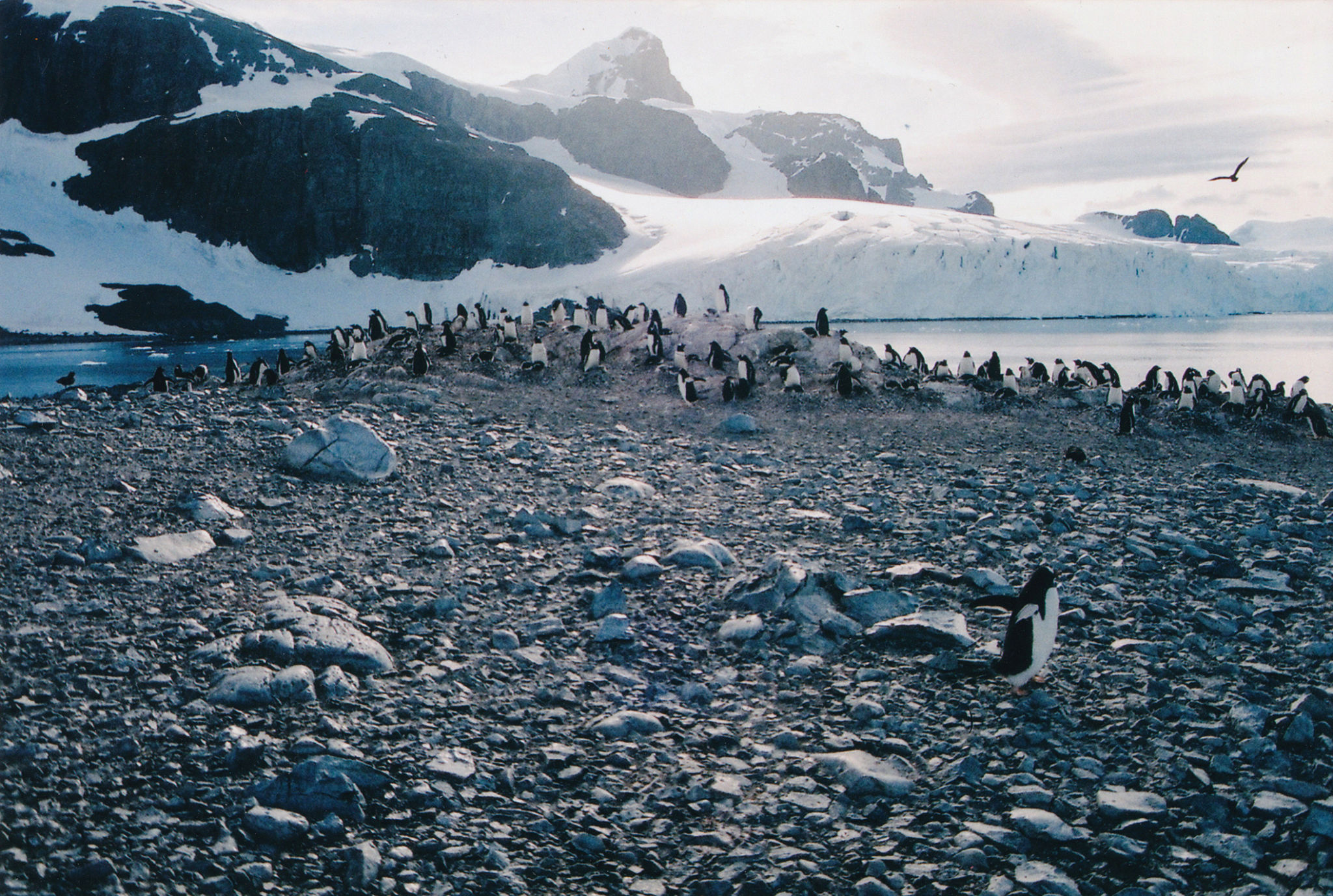Seasonal Travel Trends: When to Visit Antarctica for the Best Experience
Discovering the Wonders of Antarctica
Antarctica, the southernmost continent on Earth, is a land of extremes, offering travelers a chance to witness breathtaking landscapes and unique wildlife. With its pristine icebergs, sprawling glaciers, and diverse fauna, this icy wilderness promises an unforgettable adventure. However, planning a trip to Antarctica requires careful consideration of seasonal travel trends to ensure the best experience possible.

The Antarctic Travel Season
The best time to visit Antarctica is during the austral summer, which runs from November to March. During these months, the continent experiences milder temperatures, averaging from -2°C to 8°C (28°F to 46°F), and extended daylight hours. This period offers optimal conditions for exploration and wildlife encounters as the ice melts, opening up passageways for ships and allowing access to remote areas.
November marks the beginning of the travel season and is known for its pristine landscapes. Freshly snow-covered vistas make for stunning photographs, and the lack of previous travelers' footprints adds to the charm. As the ice begins to break up, travelers can witness dramatic views of icebergs and expansive ice fields.

Wildlife Encounters and Activities
One of the highlights of visiting Antarctica is its diverse wildlife. From November to December, visitors can witness penguin mating rituals and nesting activities. Species like the Adélie, Chinstrap, and Gentoo penguins become active during this time, offering a fascinating insight into their behaviors. Additionally, seals and seabirds are abundant, providing excellent opportunities for photography and observation.
January and February are ideal for whale watching as migratory species such as humpback, minke, and orca whales frequent the icy waters. These months also see an increase in temperatures, making it more comfortable for outdoor activities such as kayaking, snowshoeing, and guided hikes on the continent's rugged terrain.

Choosing the Right Expedition
When planning your Antarctic adventure, selecting the right expedition is crucial. Options range from small ships with intimate settings to larger vessels with more amenities. Small ships often provide a more personalized experience and allow access to narrower channels and remote landing sites. Larger ships offer more facilities and can be more stable in rough seas.
Expedition itineraries vary, with some focusing on specific interests such as photography, wildlife observation, or scientific exploration. Consider your preferences and priorities when choosing a voyage to maximize your experience.

Preparing for Your Trip
Traveling to Antarctica requires careful preparation to ensure safety and comfort. Packing appropriately is essential due to the continent's unpredictable weather. Layered clothing, waterproof gear, and sturdy boots are must-haves for any Antarctic traveler. Additionally, binoculars and cameras with zoom lenses are recommended to capture the stunning landscapes and wildlife.
Consider consulting with a travel agent or expedition company experienced in Antarctic voyages. They can provide valuable insights on packing lists, itineraries, and travel insurance options tailored to the unique challenges of visiting this remote destination.
Conclusion: Embrace the Adventure
Antarctica offers an unparalleled travel experience filled with natural beauty and adventure. Understanding seasonal trends helps in planning an unforgettable journey to this extraordinary place. Whether you're drawn by the allure of its icy landscapes or the promise of close encounters with wildlife, visiting Antarctica promises memories that will last a lifetime.